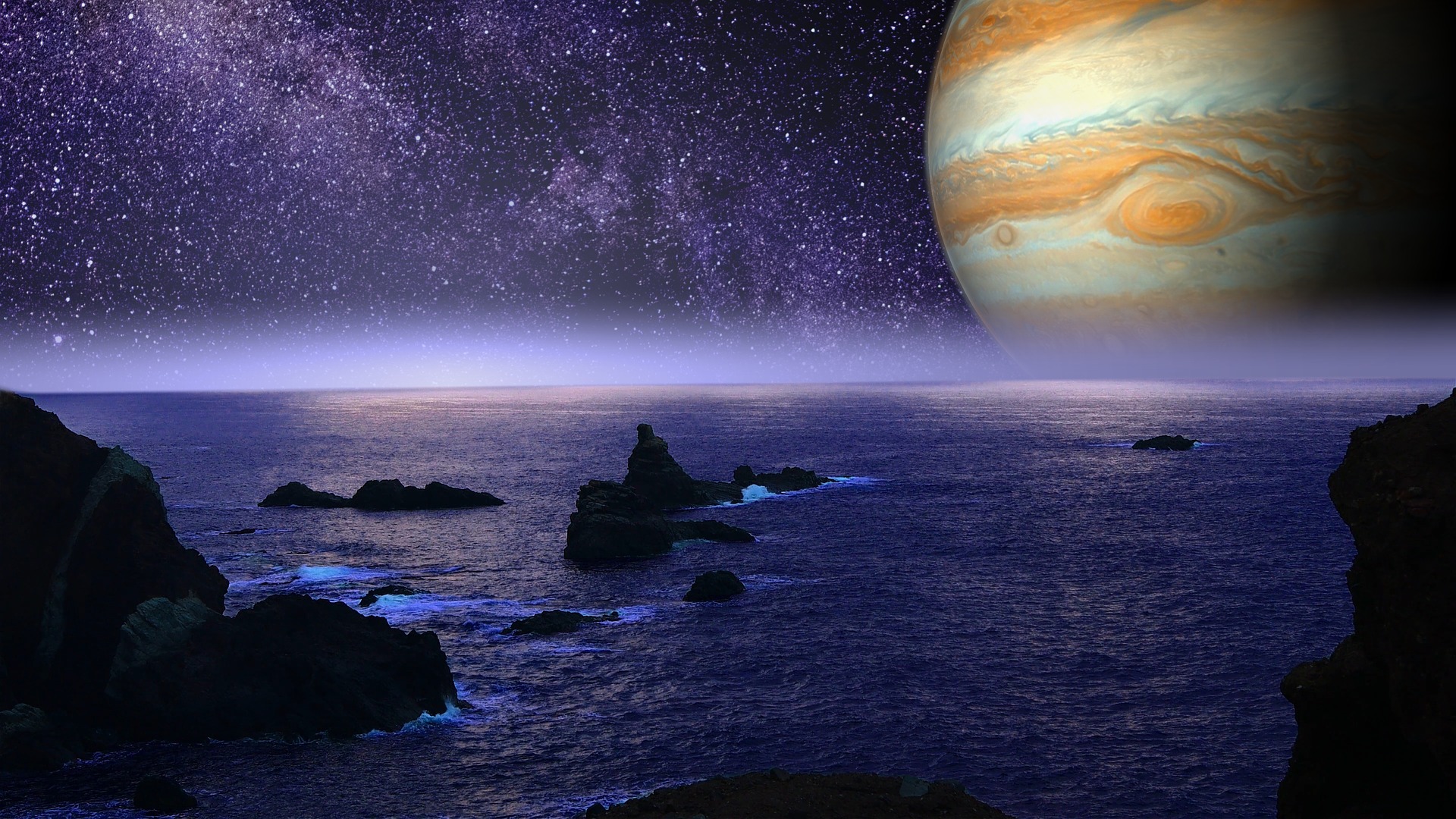Media release
From:
Planetary science: Modelling electrolyte transport in water-rich exoplanets
Oceans on water-rich exoplanets may be enriched with electrolytes, including salts such as sodium chloride, suggests a modelling study published in Nature Communications. The research proposes electrolytes can be transported from the rocky core of these planets and may have implications for the potential habitability of these ocean worlds.
Water-rich exoplanets and icy moons are promising environments for biological processes to take place. The planets are formed of a rocky core separated from the liquid water by a high-pressure ice shell. It has been debated whether the transport of electrolytes from the rocky core into the liquid ocean is hindered by the ice shell.
Jean-Alexis Hernandez and colleagues used molecular dynamics simulations and thermodynamic modelling to explore how electrolytes could be transported between the ice layer and the ocean on these planets. The authors found that salts, such as sodium chloride, could be incorporated in the high pressure ice shells and transported through the ice into the ocean. They argue this demonstrates that high-pressure ice mantles may not act as chemical barriers between rocky cores and liquid water oceans.
Writing in an accompanying Comment Baptiste Journaux suggests the study, “offers the most convincing argument yet in resolving the dilemma of large planetary hydrosphere habitability.”



 International
International


